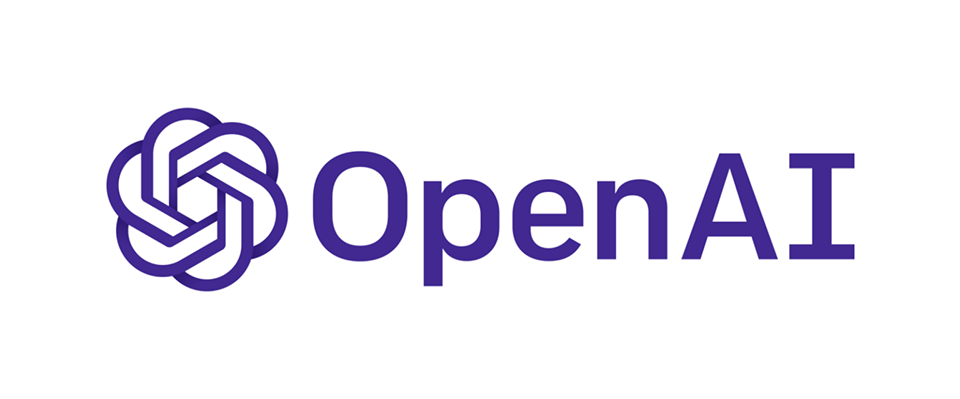In this blog post, we will showcase how OpenAI Services and Kubernetes can work together to deliver scalable and powerful AI applications.
Recent models have been trained on large amounts of data and can perform a wide range of tasks, including language translation, text summaries, chatbots, and content generation.
Some notable APIs provided by OpenAI include:
- GPT-3 API: OpenAI’s most advanced language model, capable of generating human-like text based on given prompts.
- DALL-E API: Enables you to generate custom images from textual descriptions, expanding the possibilities of creative design and visual storytelling.
- Codex API: Harnesses the power of GPT-3 for code generation, making it an invaluable tool for automating programming tasks and enhancing developer productivity.
Integrating OpenAI Services into Your Application
To explain how OpenAI Services can be integrated, let’s dive into a code example using the GPT-3 API. In this demo, we’ll use the OpenAI Python library to generate a story based on a given prompt.
import openai
# Set up OpenAI API credentials
openai.api_key = 'YOUR_API_KEY'
# Define the prompt
prompt = "Once upon a time, in a land far away,"
# Generate story using GPT-3
response = openai.Completion.create(
engine="text-davinci-003",
prompt=prompt,
max_tokens=100
)
# Print the generated story
print(response.choices[0].text)How to Deploy OpenAI Services with Kubernetes
Here’s a step-by-step guide to get you started:
1. Set up a Kubernetes cluster: Install and configure a Kubernetes cluster on your preferred cloud provider or on-premises infrastructure.
2. Containerize your application: Package your application into a Docker container, including the necessary dependencies and the OpenAI Python library.
FROM python:3.9
# Install required packages
RUN pip install openai
# Copy your application code
COPY . /app
# Set the working directory
WORKDIR /app
# Define the entry point command
CMD ["python", "app.py"]3. Define Kubernetes resources: Create Kubernetes deployment and service manifests to define how your application should be deployed and exposed.
# deployment.yaml
apiVersion: apps/v1
kind: Deployment
metadata:
name: openai-app
spec:
replicas: 3
selector:
matchLabels:
app: openai-app
template:
metadata:
labels:
app: openai-app
spec:
containers:
- name: openai-container
image: your-registry/openai-app:latest
ports:
- containerPort: 5000
# service.yaml
apiVersion: v1
kind: Service
metadata:
name: openai-service
spec:
selector:
app: openai-app
ports:
- protocol: TCP
port: 80
targetPort: 5000
type: LoadBalancer4. Deploy your application: Use the Kubernetes command-line tools or a Kubernetes management interface to deploy your application to the cluster.
# Deploy the application
kubectl apply -f deployment.yaml
kubectl apply -f service.yaml
# Verify the deployment
kubectl get pods
kubectl get services5. Scale and manage your application: Utilize Kubernetes features to scale your application horizontally or vertically, monitor its performance, and ensure high availability.
# Scale the deployment
kubectl scale deployment openai-app --replicas=5
# Monitor the application
kubectl logs <pod-name>
# Update the application
kubectl set image deployment/openai-app openai-container=your-registry/openai-app:new-versionContact us for more information or visit our blog.


